Traduction générée automatiquement
Montrer le texte original
Montrer le texte traduit
Gaston Orellana is a Spanish artist born in Valparaíso, Chile, in 1933. Son of an Andalusian mother and father from a family of the ancient aristocracy of Extremadura, Trujillo. Being internationally recognized, the most important among his works to date; “El Tren en llamas” (New York, 1960) is in the Hirshhorn Museum and Sculpture Garden, Washington, DC. Orellana participated in the Spanish pavilion of the XXXV Venice Biennale in 1970. Currently an important triptych, of great value, is now part of the collection of contemporary art of the Vatican. Between 1959 until the mid-1960s, when Orellana reached maturity as a painter, then identified the first generation of her art. In Madrid, he promotes the development, with the painters forming the “Hondo” group, of the “new figuration”. He then paints in the confluence of informal abstraction on the one hand, and in the manner of an existential figuration, which others call mystical on the other. For the artist, it is a period of amalgamation, which produces rebellious and even almost extravagant images. In New York, in the pictorial tribalism of this city where the painter achieved success, first of all within the framework of the already entrenched vangards, already become classics, found under the management of Martha Jackson, thanks to the harmonious beauty of his paintings, to their European canon. In the mid-1970s Orellana broke with old balances and rose to the level of making collages of different styles that were being developed in the United States; in the 1980s, between Italy and New York, far from being exhausted, it is booming. with the series of paintings entitled "Bronx", Orellana penetrates to the heart of his work: he builds this one according to a conceptual foundation. Emerging concepts, which would already take full life in the 1990s, begin to come into play: it is the fruits of the long archaeological journey in the Andes which brought him to Peru, Bolivia and Argentina in 1958; as well as a "musicality absent from all lines", as the Italian critic Tommaso Trini had written, and finally the graffiti on the oil painting; eternal lesson brought by archaeological ceramics, more present in the reflection of concrete and modern gesturality which accounts for this exceptional "impetus" (using the same words of James Johnson Sweeney) which characterizes his work. During the last exhibitions (Milan, Taipei, Caceres) we discover in him an artist in full creative maturity following a line now far removed from his neo-figurative origins. Archivo Gastón Orellana, founded in 2018, is the organization responsible for the preservation, protection, authentication, catalog and dissemination of the artistic and intellectual work of Gaston Orellana
Gaston Orellana est un artiste espagnol né à Valparaíso, au Chili, en 1933. Fils d'une mère andalouse et d'un père issu d'une famille de l'ancienne aristocratie d'Estrémadure, Trujillo. Reconnu internationalement, la plus importante de ses œuvres à ce jour, "El Tren en llamas" (New York, 1960), se trouve au Hirshhorn Museum and Sculpture Garden, à Washington, DC. Orellana a participé au pavillon espagnol de la XXXVe Biennale de Venise en 1970. Actuellement, un triptyque important, de grande valeur, fait partie de la collection d'art contemporain du Vatican. Entre 1959 et le milieu des années 1960, lorsque Orellana atteint la maturité en tant que peintre, il identifie la première génération de son art. À Madrid, il favorise le développement, avec les peintres formant le groupe "Hondo", de la "nouvelle figuration". Il peint alors au confluent de l'abstraction informelle d'une part, et à la manière d'une figuration existentielle, que d'autres qualifient de mystique d'autre part. Pour l'artiste, c'est une période d'amalgame, qui produit des images rebelles et même presque extravagantes. C'est à New York, dans le tribalisme pictural de cette ville que le peintre connaît le succès, d'abord dans le cadre des vangards déjà en place, déjà devenus des classiques, retrouvés sous la direction de Martha Jackson, grâce à la beauté harmonieuse de ses peintures, à leur canon européen. Au milieu des années 70, Orellana rompt avec les anciens équilibres et se hisse au niveau des collages des différents styles qui se développent aux États-Unis ; dans les années 80, entre l'Italie et New York, loin de s'épuiser, c'est l'essor. Avec la série de tableaux intitulée "Bronx", Orellana pénètre au coeur de son oeuvre : il construit celle-ci selon un fondement conceptuel. Des concepts émergents, qui prendront déjà tout leur sens dans les années 1990, commencent à entrer en jeu : ce sont les fruits du long voyage archéologique dans les Andes qui l'a conduit au Pérou, en Bolivie et en Argentine en 1958 ; ainsi qu'une " musicalité absente de toute ligne ", comme l'avait écrit le critique italien Tommaso Trini, et enfin les graffitis sur la peinture à l'huile ; leçon éternelle apportée par la céramique archéologique, plus présente dans le reflet de la gestualité concrète et moderne qui rend compte de cet exceptionnel " élan " (reprenant les mêmes termes de James Johnson Sweeney) qui caractérise son œuvre. Lors des dernières expositions (Milan, Taipei, Caceres), nous avons découvert en lui un artiste en pleine maturité créative qui suit une ligne désormais éloignée de ses origines néo-figuratives. Archivo Gastón Orellana, fondé en 2018, est l'organisation responsable de la préservation, de la protection, de l'authentification, du catalogue et de la diffusion de l'œuvre artistique et intellectuelle de Gaston Orellana

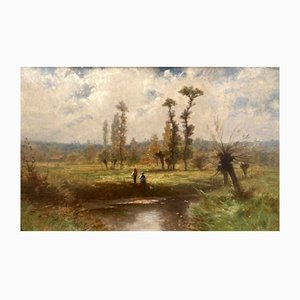
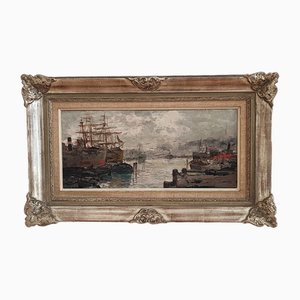
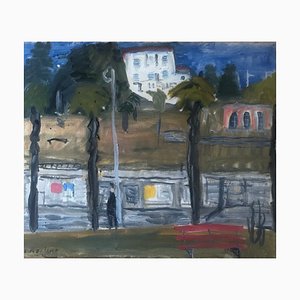
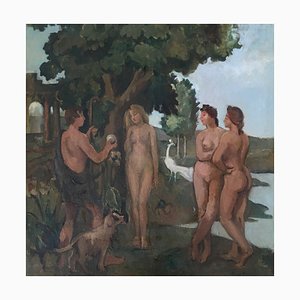
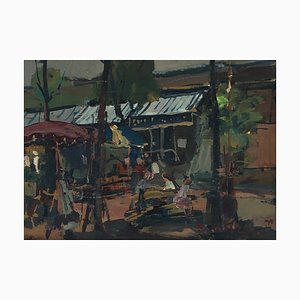
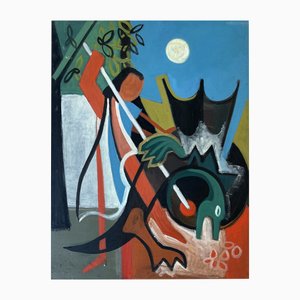

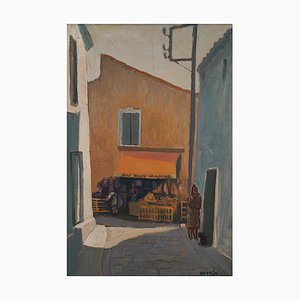
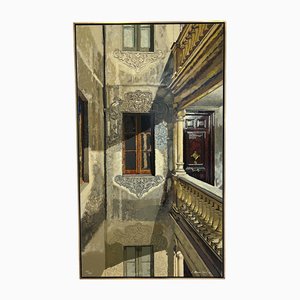
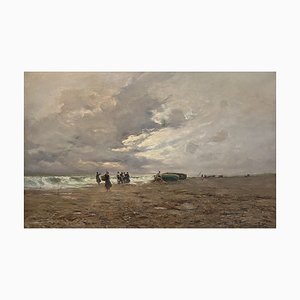



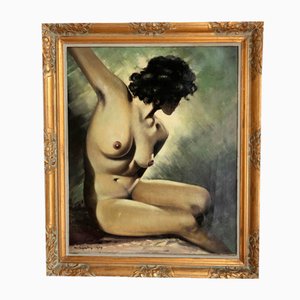
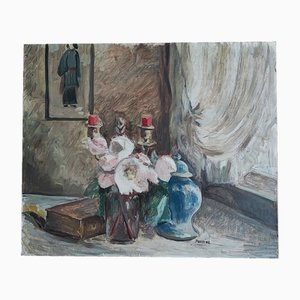
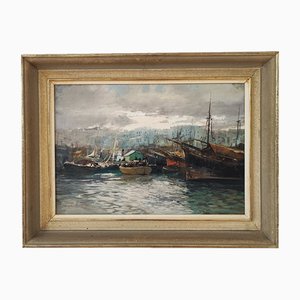

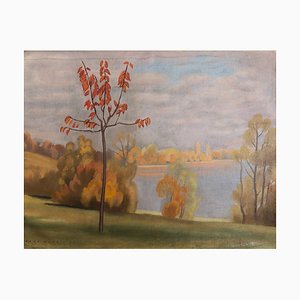
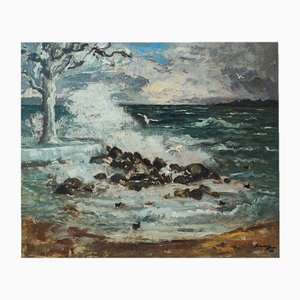
Contactez-nous
Faire une offre
Nous avons remarqué que vous êtes nouveau sur Pamono !
Veuillez accepter les Termes, Conditions et Politique de Confidentialité
Contactez-nous
Faire une offre
Vous y êtes presque!
Pour suivre votre conversation sur la plateforme, merci de compléter votre enregistrement Pour procéder avec votre offre sur la plateforme, veuillez compléter l’enregistrement.Envoyé!
Merci pour votre message, un membre de notre équipe vous contactera rapidemment
Si vous etes un professionnel du design, merci de vous inscrire ici pour pouvoir profiter de bénéfices exclusifs